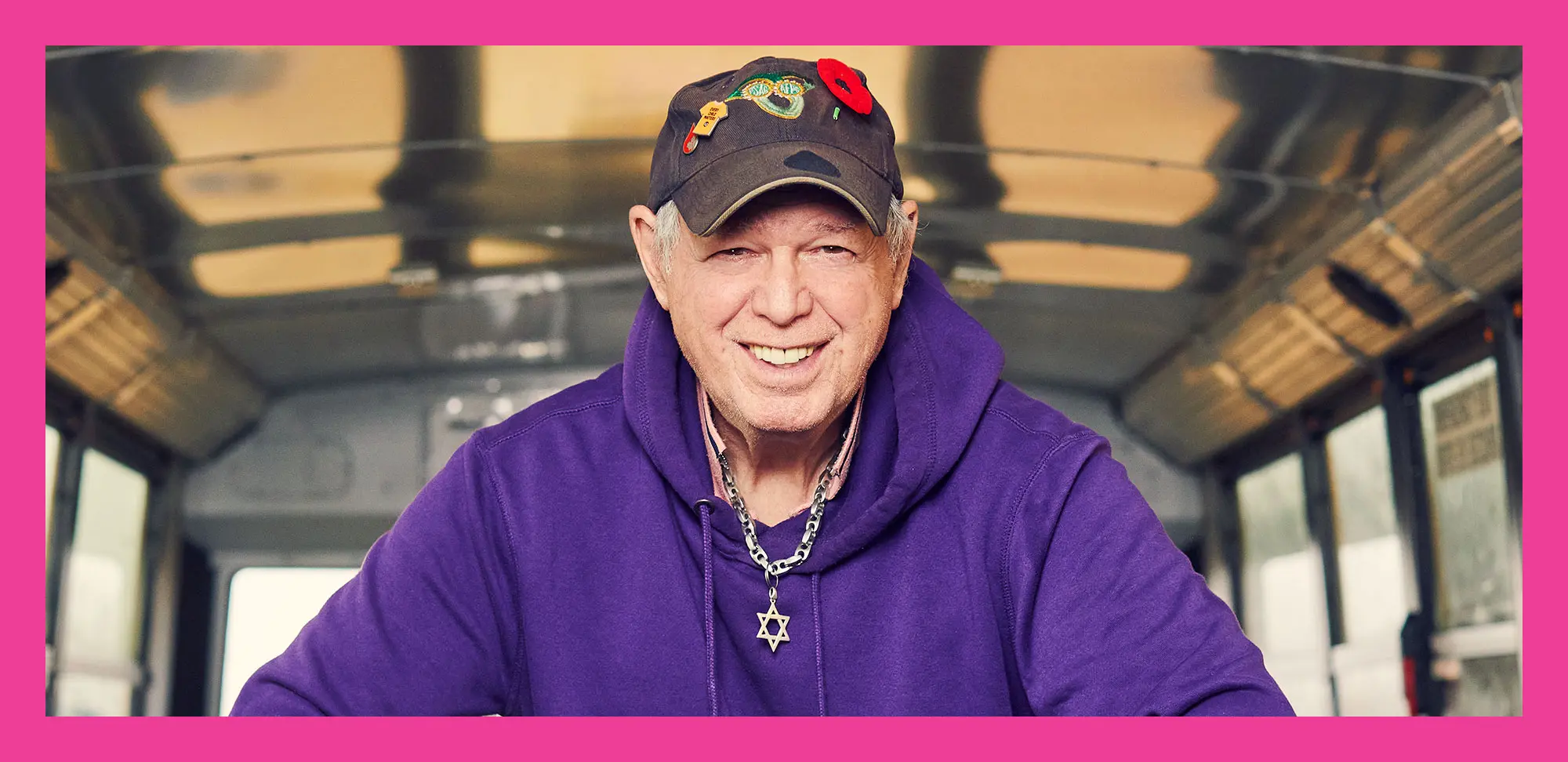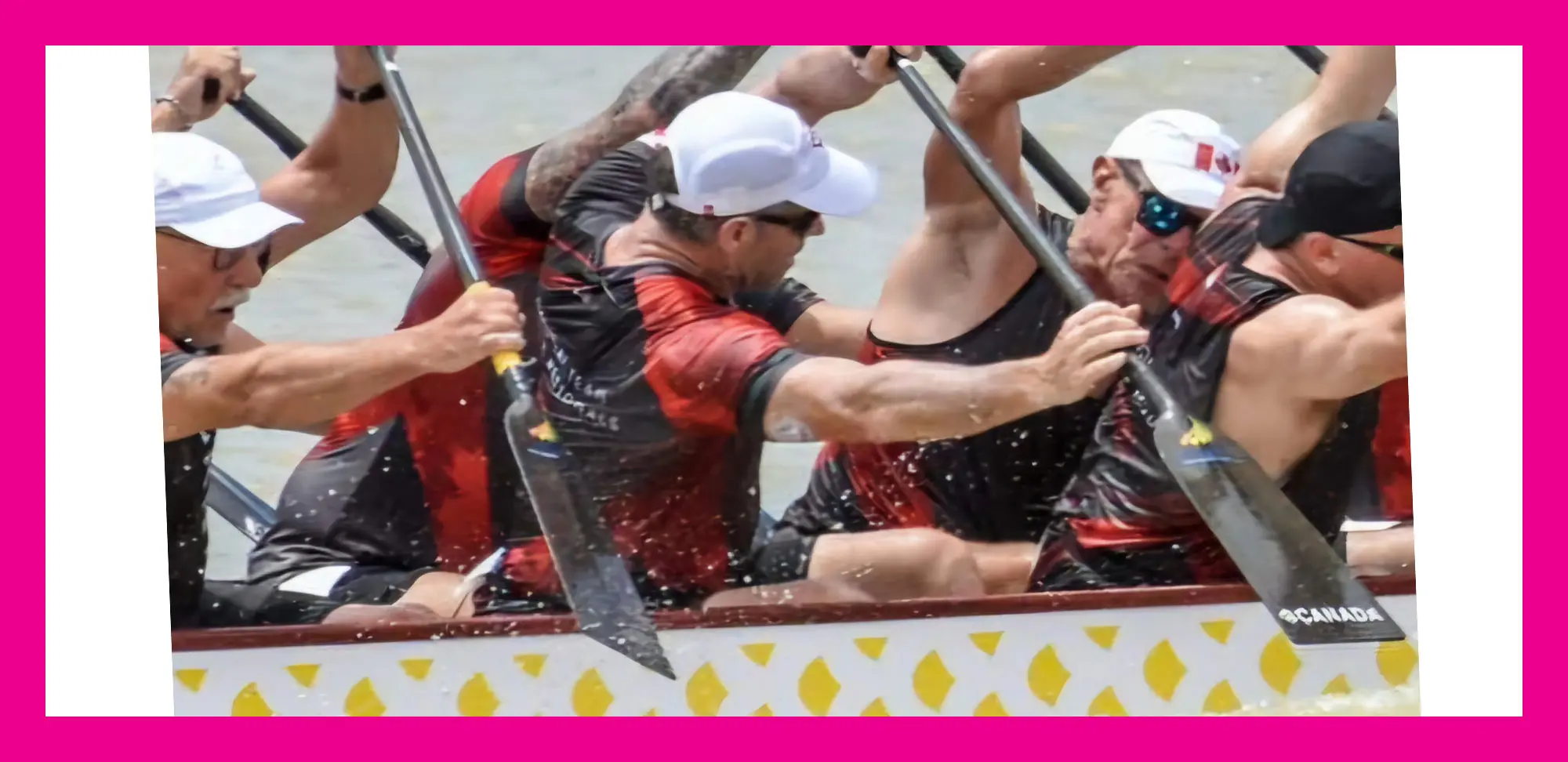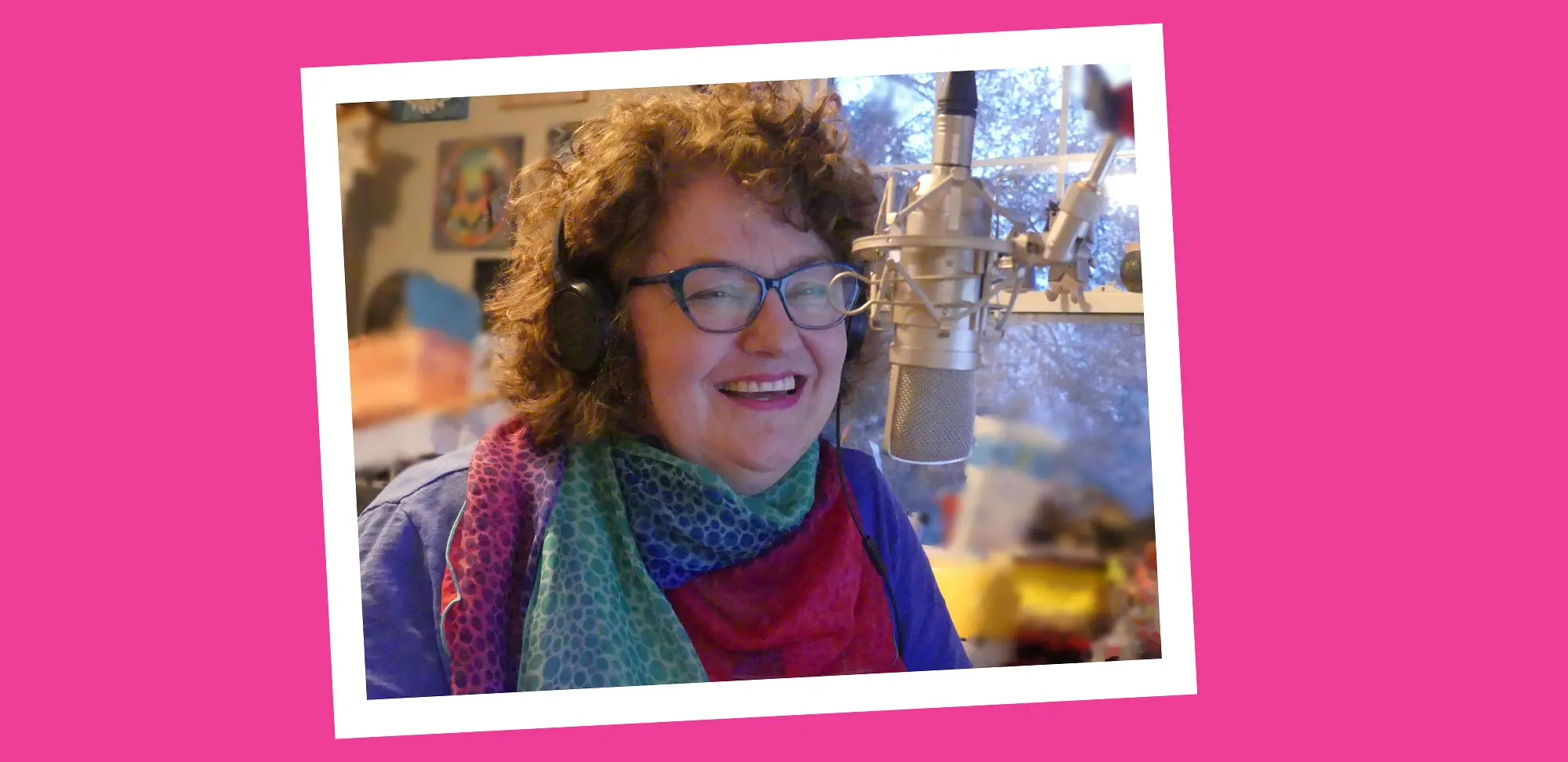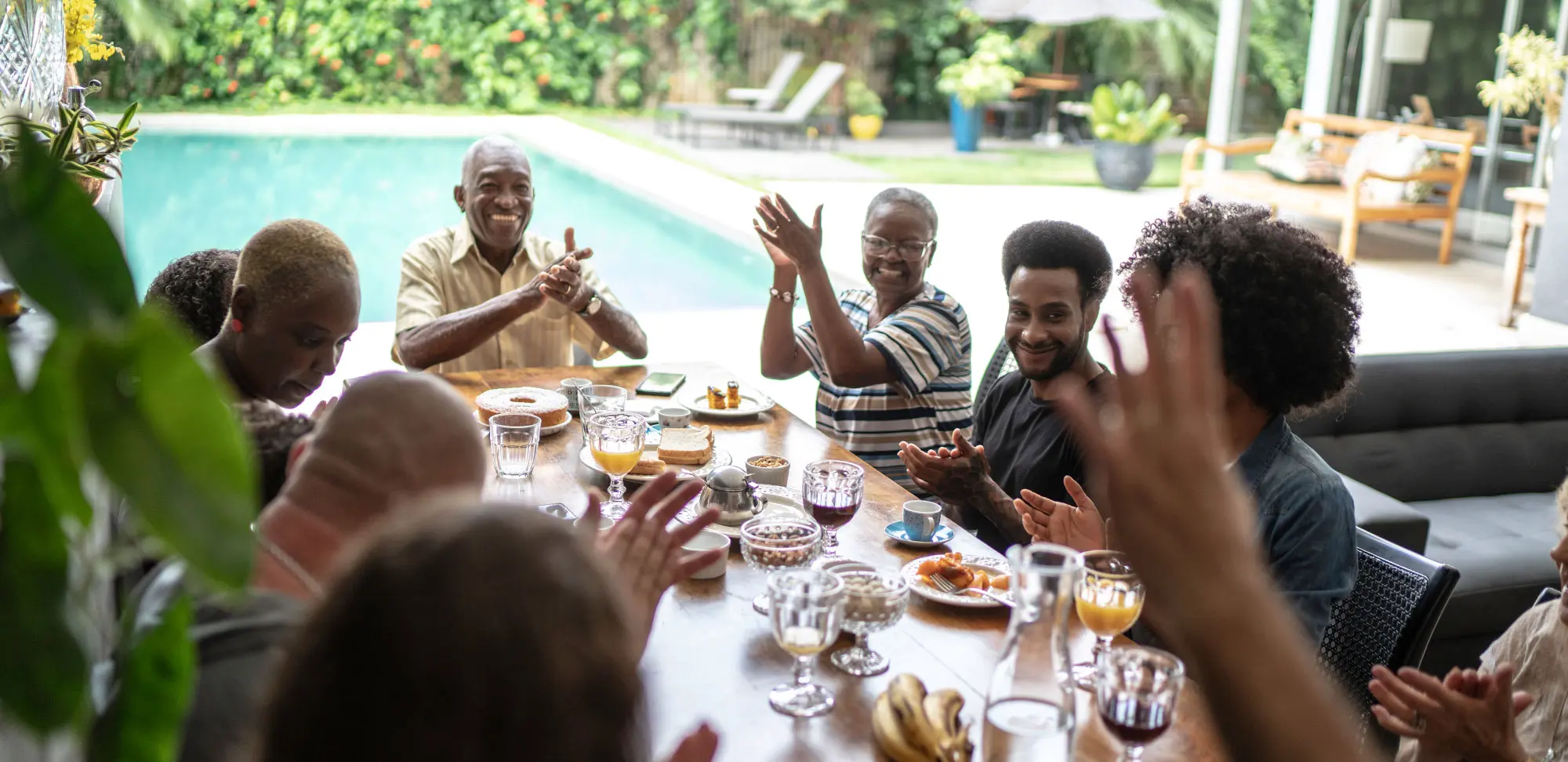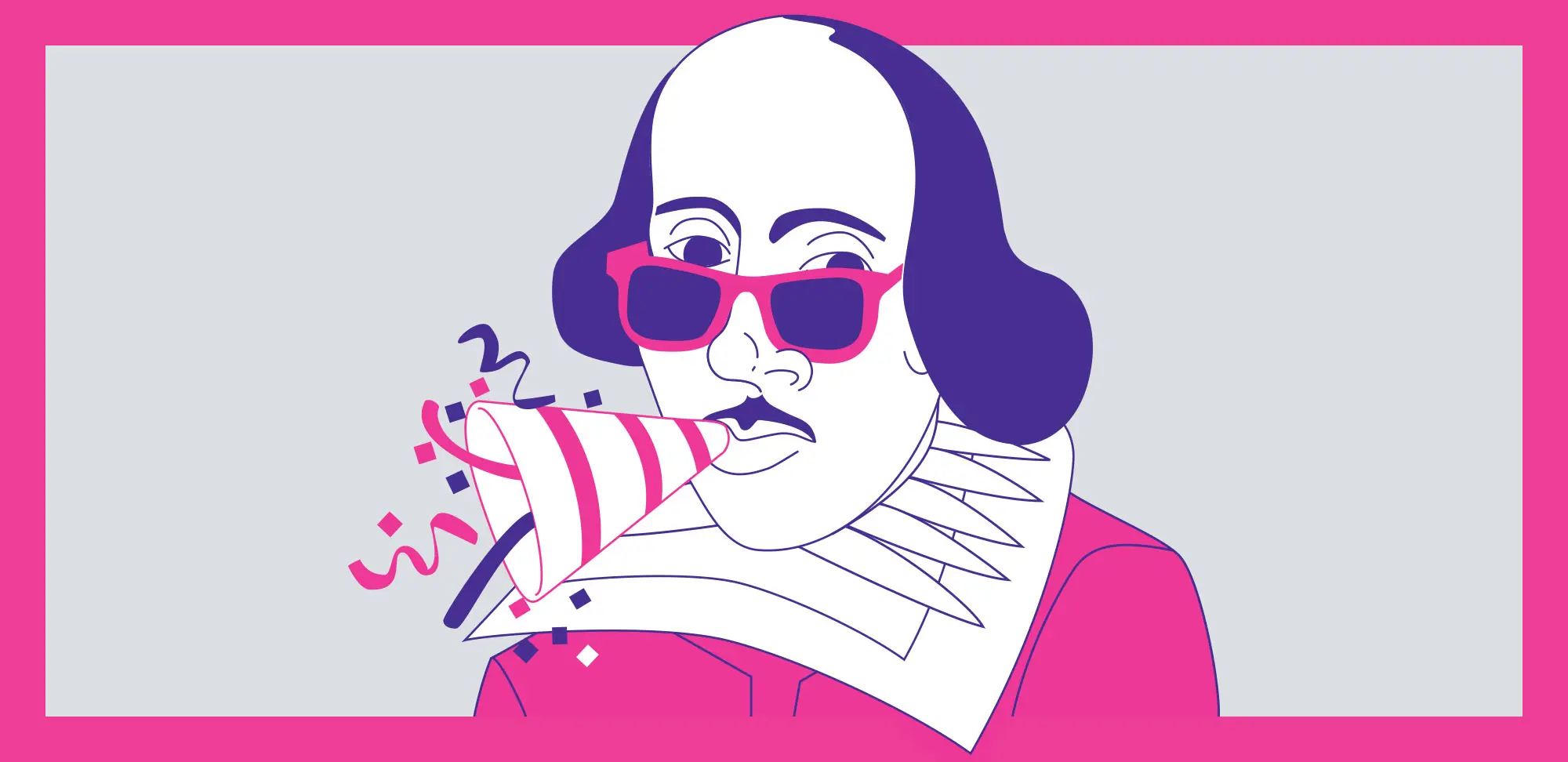“When I retired from teaching at 51 – I’d taught kindergarten through grade 6 and phys ed – my husband, Jon, and I started travelling. Our kids were in university and didn’t seem to notice when we left for months at a time.
“Then, in 2010, we became tour leaders.
“We heard about the job – which we think of as an amazing retirement hobby – through a couple Jon golfed with. They were tour leaders with a travel agency and introduced us to the company president. In workshops, we learned how to prepare for a tour and what clients expect. We also went – as clients – on a river cruise in Russia and learned a great deal from those tour leaders.
“Our first tour was in East Africa; since then, we’ve led two or three tours a year, in at least 26 countries. We usually have 20 to 25 people on a tour, all over 50 years old.
“To prepare, we review itineraries and reports from past tour leaders. We check our guests’ dietary restrictions, set up seat rotations on buses and trains, and send everyone an introduction letter, outlining our role on the tour and details like tipping practices (although we handle tips so the group doesn’t have to). Sometimes, I’ll send book recommendations if I’ve read good background material.
“A week before, we call everyone to answer any questions – and emphasize the importance of packing light. When you’re travelling, you can wear the same clothes almost every day. No one remembers what anyone else wears. We remind everyone that we can’t control the weather, and we explain that we’ll be staying in comfortable hotels chosen for their great location, not the number of stars.
“We always work closely with a local guide who has grown up in the country we’re visiting. That’s important for language, and because they know the social norms, the political system, the history. They can also relate personal stories, often funny ones, that add insight.
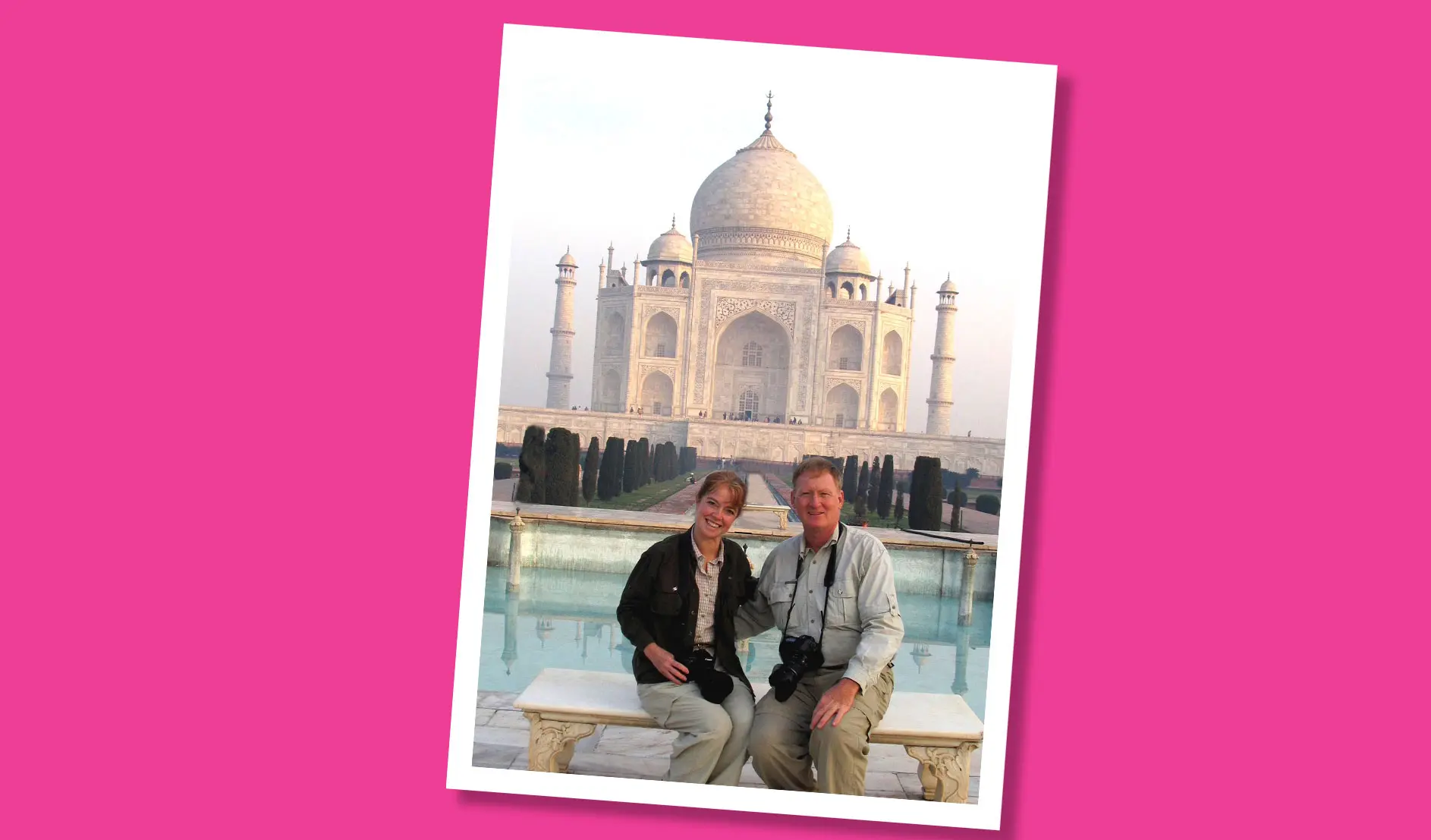
“Every country and every tour is different. Jon, who taught for six years in Peel [District] and the Arctic before becoming a professional photographer, loves Africa’s wildlife. I love Iceland for the scenery and Ireland for the music.
“I knew there would be pubs and singing in Ireland, but friends warned me that ‘When Irish Eyes Are Smiling’ and the other songs I knew were all North American Irish songs.
“So, before we took our group to Ireland, I learned a few authentic Irish songs and sent some lyric sheets to the group. Not everyone wants to sing, but when we went to the pubs at night, the whole group was excited because we could join in on ‘Black Velvet Band’ and other songs.
“Antarctica was amazing, too, because it was so different. The boat we were on didn’t have entertainment, but at night, scientists on board discussed topics like wildlife, penguin behaviour, or climate change and its effects on the Antarctic.
Because it was a small boat, we could stop at several research stations.
“On land, you’re not allowed to approach any penguins. But penguins don’t care about rules, so they think nothing of walking right past you.
“We try to make sure everyone is comfortable and has what they need. In some Italian hotels, for example, all the rooms are different – Jon and I never take the biggest room. If some of the travellers want to head out on their own for dinner, we’ll set a time to meet in the lobby for anyone else who wants to join us.
ˮI do use my teaching background in the role of tour leader.ˮ
— Sue Gurr
“Some tours don’t quite go as we had planned! On only our second tour, to Costa Rica, the return flight was cancelled. Luckily, we were still at the hotel, so the group could enjoy the pool, while Jon and I learned quickly how to rebook another flight. In Scotland, the wind and the rain were so bad, bridges and roads were closed. Even though the whole tour was rerouted, we fit everything in. And on the last day, at the Edinburgh Tattoo, the weather changed again, and it was sunny and beautiful.
“Occasionally, a guest gets upset about something or overestimates their ability to keep up physically, but you just work it out. That’s an advantage of leading a tour as a couple. One of us can walk at the front of the group, and one can be towards the back, always slightly ahead of the slowest walker. I’ve learned that if you walk alongside them, they just slow down even more.

“As a couple, we take on different roles. I keep all the records and tour notes, and Jon teaches photography. Jon also takes scenic photos, and I take photos of the other travellers – so they’ll have shots of themselves when they get home. Jon starts the day with jokes, and I share a travel thought. In airports, one of us can keep most of the group together while the other helps one person check in or whatever.
“I do use my teaching background in the role of tour leader. Teaching gives you confidence and helps you talk to students and parents of all levels and backgrounds, even when you’ve just met. You also learn to keep calm, no matter what happens.
“My biggest challenge is fitting everything in – leading tours, personal travel and the rest of life. We spend winters in Florida, where I tap dance with a local group, in Venice, the Silver Foxes. After our big show in March, we had three days to get home before leading a tour of Egypt. After the last matinee, we got straight into the car and headed north. We had done most of the preparation already; we just had to hope we didn’t run into a late snowstorm.
“But as we tell everyone on a tour, we can’t control the weather!”
Could I be a tour leader?
A tour leader is part host, part problem-solver and part motivational speaker, all while keeping the group on track and making sure everyone feels engaged, safe and comfortable. While travel logistics are arranged in advance, leaders coordinate on the ground with hotels, transport, activity providers and, most importantly, local guides.
Tour leaders must be comfortable speaking to groups, handling minor conflicts and fielding common questions. Two come up daily, says Sue Gurr: “Where are we going tomorrow?” and “How long will it take?” Leaders also help clients navigate unfamiliar experiences, from haggling gracefully in a local market to checking in at a foreign airport.
No tour runs exactly to plan, so unflustered adaptability is important. “We can’t fix every problem,” Gurr says, “but we really do try.” When a museum is unexpectedly closed, a good leader pivots – to a local crafts market, for example. Or, as Gurr did in Crathie, Scotland, adjust the schedule when you realize the Royal Family is about to come out of the village church.


